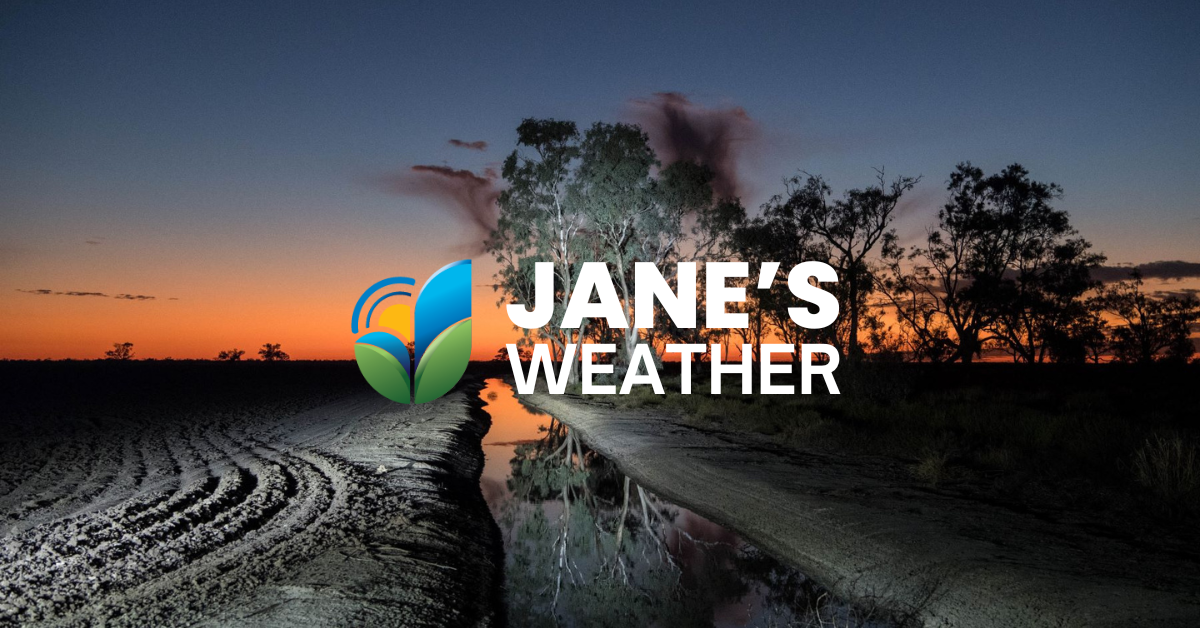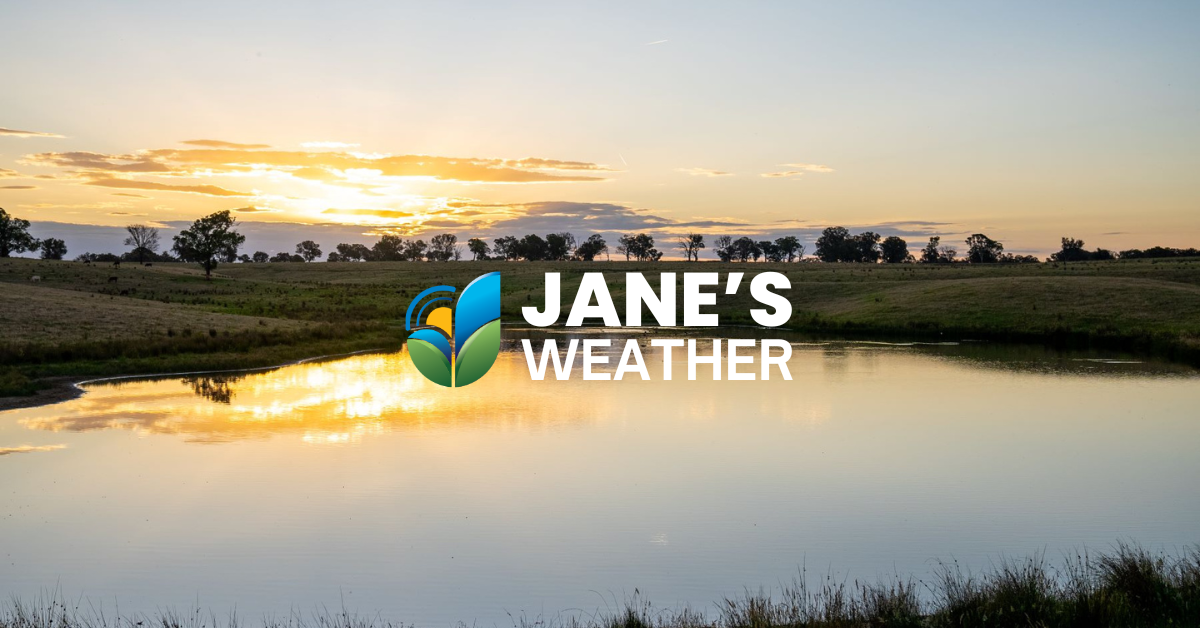Mixed outlook as we head into Christmas
We have a brief burst of heat in the southeast, followed by showers and storms to the east of the trough which brings a cool change.
2 min read
 Jane Bunn - Jane's Weather
:
Mar 21, 2025
Jane Bunn - Jane's Weather
:
Mar 21, 2025

Big rainfalls soaked parts of southeastern Australia on Thursday into Friday, but once again, some parts missed out. We take a look at the climate drivers controlling our weather and whether this pattern is likely to continue in the season ahead.
In order to make it rain you need two things to work together: moisture and instability.
For the next six months - the moisture side of the equation has a huge tick mark, the instability is the variable part.
As long as high pressure is 'in the way' then low pressure can't move into the spots that most need the rain - especially these areas in significant drought in the south:

Parts of southern Australia are in serious deficiencies to lowest on record
The latest rain system delivered big falls further east of these drought zones, but once again missed the key drought-affected areas:

Rainfall totals in southeastern SA, VIC and southern NSW to 9am on Friday morning
Australia is surrounded by warmer than average water, so there is more moisture available to us than 'normal'. This has been the case for the past five years, when the Pacific Ocean was either in La Nina or El Nino (as the usual drying trend was offset by this alternative source of moisture), and the Indian Ocean was either in a negative or positive IOD (again as the drying trend was offset by this alternative source of moisture).
- 2025 is showing weak signs of heading into El Nino (or close to) later in the year (later Spring/Summer), with neutral conditions before that.
- 2025 is showing stronger signs of heading into a negative IOD in Winter, with neutral conditions before that.
So that's the Indian Ocean sending moisture our way, and the Pacific suppressing it - but the waters around Australia can offset that suppression.
Moisture gets a big tick.
This is the hardest thing to forecast.
We don't have confidence in where a weather system will move a week out, let alone the next few months or year.
One climate driver to look at is the Southern Annular Mode (SAM):
Southern Annular Mode (SAM) observations and projection
If that is positive (as it was for much of the past year, and is currently) then it encourages high pressure to sit across southern Australia. It doesn't tell us where it will sit, but it is one factor in stopping big rainfalls from reaching those drought affected areas - just like we saw with the most recent weather system.
It can cradle low pressure if the pattern takes on a ‘jelly bean’ shape - but only those to the east of the low get the big rainfalls from that.
What those in southern Australia need for a really good season, is a consistently negative SAM. That lets stronger cold fronts sweep through every few days, delivering the constant top ups in rainfall. We didn't see much of that last year, and we haven’t seen a lot of it so far this year.
For my full analysis settle in for my weekly update video:
Jane’s Weather provides hyper local weather forecasting based on the consensus of all the weather models, using Machine Learning and AI to calibrate the forecast to conditions at your farm. We include updates on temperature, rain and wind, along with evapotranspiration for efficient water usage, frost risk, growing degree days and a detailed spraying forecast customised for any property in Australia.
Posts By Tag

We have a brief burst of heat in the southeast, followed by showers and storms to the east of the trough which brings a cool change.

We've moved into a phase of weather with limited connection to tropical moisture, an ending Negative Indian Ocean Dipole, and a weak La Nina - so...

The leftover moisture from Cyclone Fina is meeting up with a trough over the centre of the country and it is set to spread significant rain...